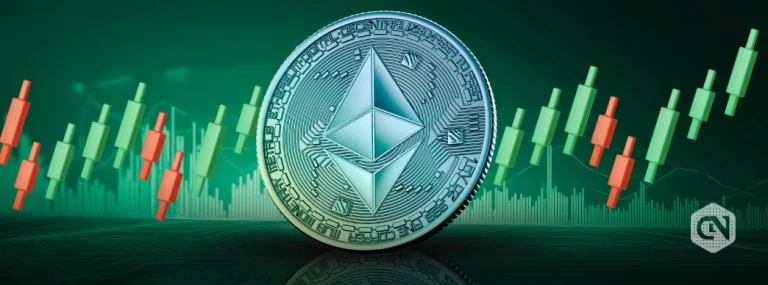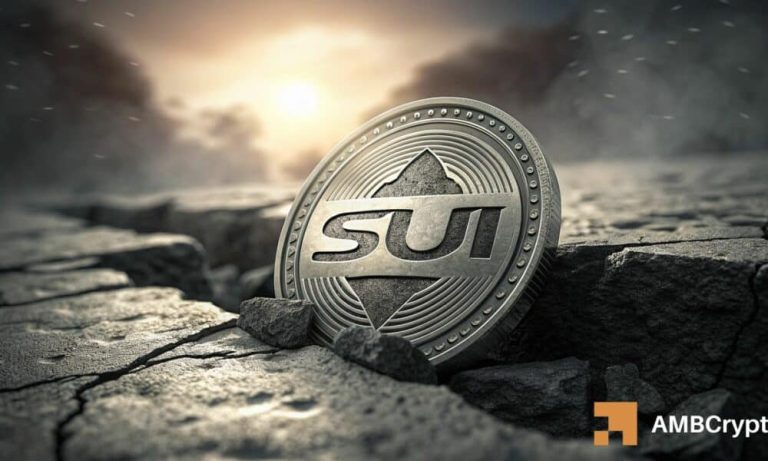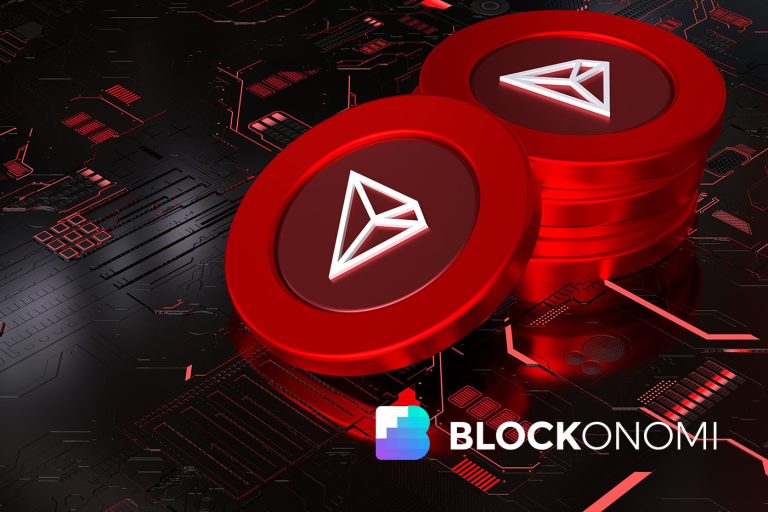
Flare Network, renowned for its innovative interoperability and decentralized applications (dApps) ecosystem, is gearing up for a transformative mainnet upgrade. Having already successfully updated its Songbird testnet, the blockchain platform aims to unlock new opportunities for developers and investors alike. The mainnet upgrade is scheduled for December 2, 2025, at 12:00 UTC, sparking significant buzz in the cryptocurrency space, particularly around its native token, FLR.
What’s New with the Flare Network Upgrade?
Flare Network’s upcoming upgrade incorporates key features from the highly anticipated Cancun/Dencun fork, a set of enhancements that improve performance, efficiency, and scalability. These updates aim to bolster Flare’s position as a go-to platform for high-performance decentralized applications.
The upgrade introduces advanced Ethereum Virtual Machine (EVM) functionality, enhancing smart contract execution and making Flare more attractive for developers. Additionally, features such as the MCOPY opcode (for faster memory operations) and Transient Storage (TSTORE/TLOAD for cost-effective, temporary data storage) are expected to be game changers.
How Will This Impact FLR Token Value?
Historically, major protocol enhancements have often improved investor sentiment and token utility. FLR has already seen a price uptick, climbing from $0.011 to over $0.015 with a 24% gain in the past week. This momentum could increase as the mainnet upgrade nears and developers start leveraging the enhanced features.
The adoption of advanced dApps due to lower execution costs and scalable architecture could drive demand for FLR tokens, which are required for transaction fees and governance. As Flare builds a more efficient ecosystem, we may witness heightened interest from developers and stakeholders, potentially propelling FLR prices even further.
What Makes Flare Stand Out?
Flare Network launched in a challenging bear market but managed to climb market cap rankings due to its determination and adaptability. Co-founder Hugo Philion noted the team’s resilience in a recent statement, reinforcing their commitment to delivering innovative solutions.
The platform’s unique ability to integrate XRP into decentralized finance (DeFi) and its improvements to its existing P-chain architecture make it appealing for developers, especially those seeking cross-chain solutions.
Boost Your Crypto Experience with Flare-Compatible Tools
If you’re looking to explore the Flare ecosystem, consider using hardware wallets like the Ledger Nano X, which supports FLR tokens and ensures secure storage. This wallet is perfect for anyone actively participating in governance or trading on the network.
Conclusion
Flare Network’s major upgrade promises to open new doors for decentralized applications and utility, making it a potential game-changer in the blockchain ecosystem. With scalability, reduced costs, and developer-oriented features at its core, the platform is well-positioned for growth. As the upgrade unfolds, it’s worth keeping an eye on FLR token trends and the dApps that emerge within this enhanced environment.



